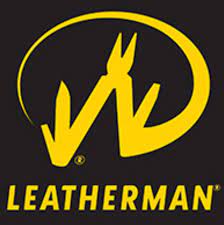Tidewater – Delaware – Pacific – W Pacific – San Francisco – Northwestern – Pennsylvania – NY Central
What is the history of the Tonopah and Tidewater Railroad?
The Tonopah and Tidewater Railroad was a short-lived railroad that operated in the early 20th century in the Mojave Desert region of California and Nevada. The railroad was built primarily to serve mining interests in the area.
The construction of the Tonopah and Tidewater Railroad began in 1905, and the first trains began running in 1907. The railroad ran from Ludlow, California, to the mining town of Goldfield, Nevada, a distance of approximately 190 miles. The railroad’s main purpose was to transport ore from the mines in the area to the nearest railroad connection, which was the Santa Fe Railroad in Ludlow.
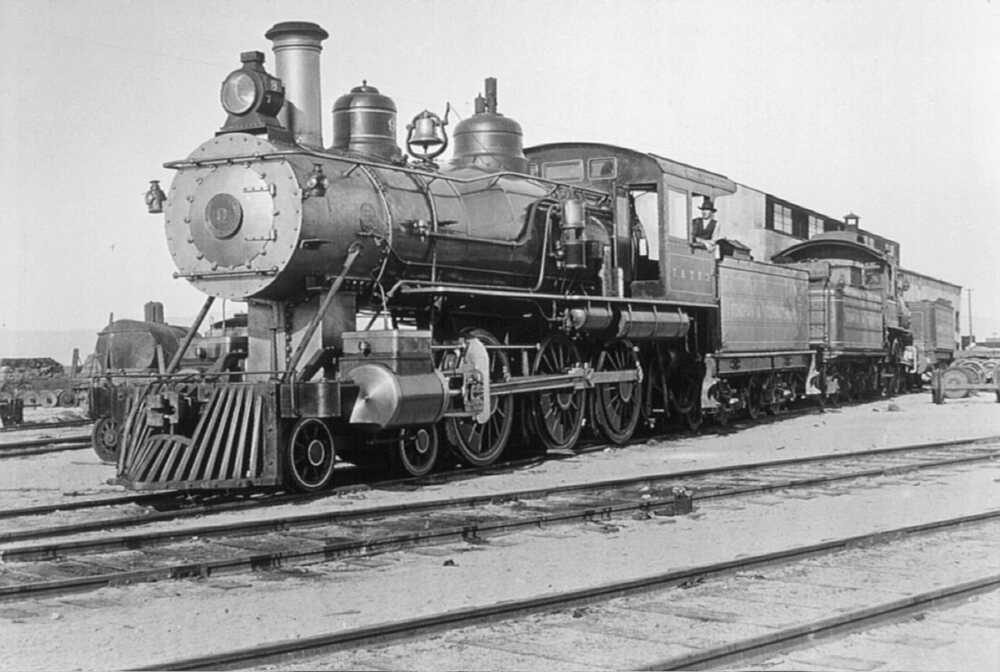
The construction of the Tonopah and Tidewater Railroad was a significant engineering challenge, as the terrain through which it ran was rugged and inhospitable. The railroad had to cross several mountain ranges and traverse the Amargosa River, which required the construction of numerous bridges and trestles.
Despite these challenges, the Tonopah and Tidewater Railroad was a critical transportation link for the mining industry in the region. The railroad transported silver, gold, copper, lead, and zinc from the mines to the Santa Fe Railroad, which then transported the ore to smelters and refineries.
However, the Tonopah and Tidewater Railroad was never profitable, and it struggled to stay afloat financially. The railroad changed hands several times over the years, and in 1937 it was acquired by the Union Pacific Railroad. The Union Pacific operated the railroad for a few more years before shutting it down permanently in 1940.
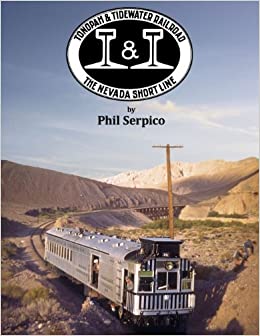
Today, little remains of the Tonopah and Tidewater Railroad, and the route has been largely abandoned. However, the railroad played an important role in the development of the mining industry in the region and is remembered as a significant engineering achievement of its time.
What is the history of the Delaware, Lackawanna and Western Railroad?
The Delaware, Lackawanna and Western Railroad, commonly known as the DL&W or Lackawanna Railroad, was a railroad company that operated in the northeastern United States from 1853 until 1960. The company was headquartered in Scranton, Pennsylvania, and its primary route ran from Hoboken, New Jersey, to Buffalo, New York, with branch lines extending into Pennsylvania’s coal-mining regions.
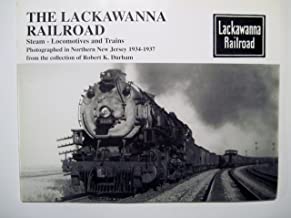
The DL&W was founded in 1853 through the merger of several smaller railroad companies, and it quickly became a major transportation company in the northeastern United States. The company’s main business was transporting coal from the mines of Pennsylvania to markets in New York and New England, but it also carried passengers and freight.
The DL&W was known for its innovative engineering and operational practices. It was one of the first railroads to use steel rails and concrete ties, which made its tracks more durable and reliable than those of its competitors. It also introduced a new type of locomotive, the Lackawanna Big Boy, which was known for its power and efficiency.
During the 20th century, the DL&W faced significant challenges, including competition from other railroads and the rise of other modes of transportation, such as automobiles and airplanes. The company tried to diversify its business by acquiring other companies, such as the Erie Railroad and the Morris and Essex Railroad, but these efforts were not successful in the long term.
In 1960, the DL&W merged with the Erie Railroad to form the Erie Lackawanna Railway. However, this new company also struggled financially, and in 1976 it was merged into Conrail, a government-owned company that took over many of the bankrupt railroads in the northeastern United States.
Today, the legacy of the DL&W lives on through its historic stations and rail lines, which have been preserved as part of the National Register of Historic Places. The railroad also played a significant role in the development of the coal-mining industry in Pennsylvania and the transportation of goods and people in the northeastern United States.
What is the history of Union Pacific Railroad?
The Union Pacific Railroad is a major railroad company in the United States that operates across 23 states in the western two-thirds of the country. The company was founded in 1862 by the U.S. government as part of the Pacific Railroad Act, which authorized the construction of a transcontinental railroad.
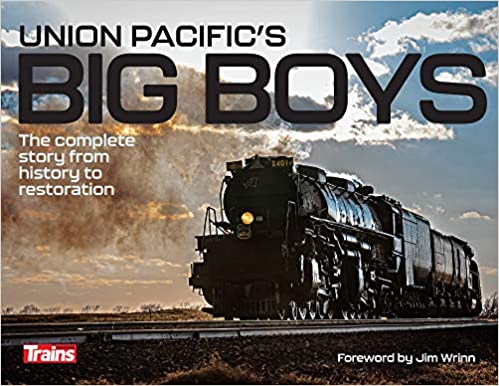
The Union Pacific’s original purpose was to construct a rail line westward from Omaha, Nebraska, to the Pacific coast. Construction began in 1865, and the railroad was completed in 1869, when the Union Pacific and the Central Pacific Railroad met at Promontory Summit, Utah. The completion of the transcontinental railroad revolutionized transportation in the United States, making it possible to travel from coast to coast in a matter of days instead of months.
Following the completion of the transcontinental railroad, the Union Pacific continued to expand its rail network through the acquisition of other railroads and the construction of new lines. The company played a significant role in the development of the western United States, providing transportation for people and goods to and from the region. The Union Pacific also played a key role in the development of the mining and timber industries in the western states, transporting minerals and timber from remote areas to markets across the country.
The construction of the transcontinental railroad was a massive undertaking, requiring the construction of thousands of miles of track through difficult terrain, including mountains, deserts, and canyons. The work was done primarily by Irish and Chinese immigrants, who endured harsh working conditions and often dangerous working conditions, including avalanches, landslides, and attacks by Native American tribes.
Despite these challenges, the Union Pacific completed its portion of the transcontinental railroad in 1869, when it met up with the Central Pacific at Promontory Summit, Utah. This event marked a significant milestone in the history of transportation and communication in the United States, as it allowed goods and people to travel across the country much more quickly and efficiently than ever before.
After the completion of the transcontinental railroad, the Union Pacific continued to expand its network, building branch lines and acquiring other railroads. In the 20th century, the Union Pacific faced challenges from the rise of other modes of transportation, such as automobiles and airplanes. However, the company adapted by diversifying its business and acquiring other companies. Today, the Union Pacific is one of the largest railroad companies in the world, with a network of more than 32,000 miles of track and over 41,000 employees.
Over the years, the Union Pacific Railroad expanded its operations, acquiring other railroads and building new lines to serve growing industries. The company was also involved in several major railway innovations, including the development of diesel-electric locomotives and the implementation of computerized dispatching systems.
Today, the Union Pacific Railroad is still one of the largest railroad companies in the United States, with a network that spans 23 states and more than 32,000 miles of track. The company continues to play a critical role in the transportation of goods and people across the country.
What is the history of Western Pacific Railroad?
The Western Pacific Railroad was a Class I railroad that operated in the western United States from 1903 until 1983. The company’s primary route ran from Salt Lake City, Utah, to Oakland, California, with several branch lines extending into Nevada.
The Western Pacific Railroad was founded in 1903 as a result of a merger between several smaller railroads, including the Denver and Rio Grande Western Railroad, the Great Western Railway, and the Nevada Central Railroad. The company’s primary purpose was to transport ore from the gold and silver mines of Nevada and Utah to the San Francisco Bay Area.
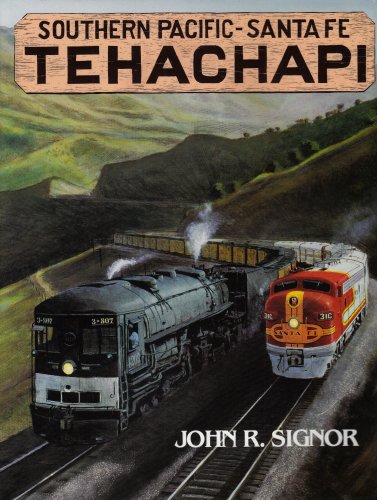
The construction of the Western Pacific Railroad was a major engineering feat, as the railroad had to traverse rugged terrain, including the Sierra Nevada Mountains. The company used innovative engineering techniques, such as the use of rock tunnels and steel bridges, to overcome these challenges.
In addition to transporting ore, the Western Pacific Railroad also carried passengers and freight. The company was known for its passenger service, which included the luxurious “California Zephyr” train that ran between Chicago and San Francisco.
During the mid-20th century, the Western Pacific Railroad faced significant financial challenges, including increased competition from other railroads and the rise of other modes of transportation, such as automobiles and airplanes. The company tried to diversify its business by acquiring other companies, such as the Sacramento Northern Railway and the Tidewater Southern Railway, but these efforts were not successful in the long term.
In 1983, the Western Pacific Railroad merged with the Denver and Rio Grande Western Railroad to form the Denver and Rio Grande Western Railroad Company. Today, much of the Western Pacific Railroad’s former track and facilities are owned and operated by the Union Pacific Railroad, which acquired the company’s assets in the 1990s. The legacy of the Western Pacific Railroad lives on through its historic stations and rail lines, which have been preserved as part of the National Register of Historic Places.
The San Francisco and North Pacific Railroad was a railroad company that operated in northern California from 1870 until 1907. The company’s primary route ran from San Francisco, California, to Cloverdale, California, with branch lines extending to Ukiah and Lakeport.
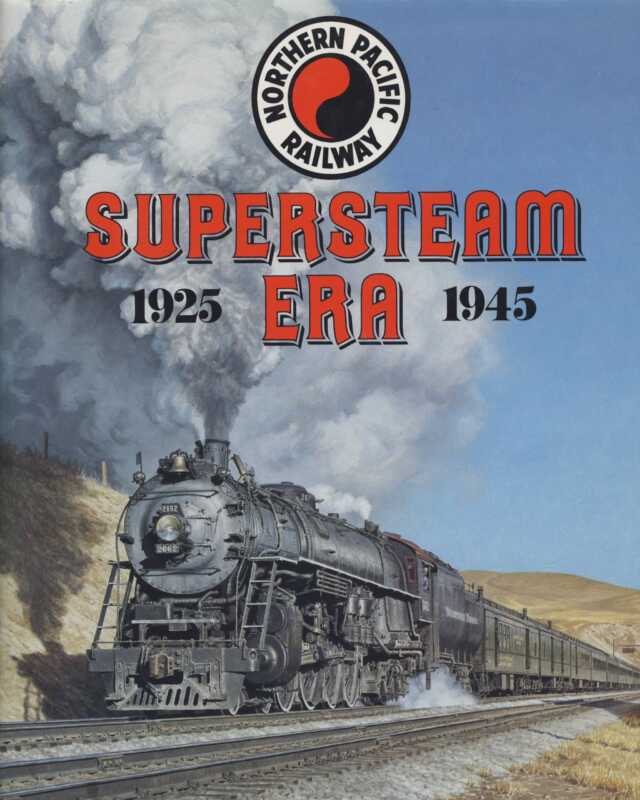
The San Francisco and North Pacific Railroad was founded in 1869 by a group of investors led by Charles L. Wilson. The company’s primary purpose was to transport lumber from the forests of northern California to the booming city of San Francisco. The company also carried passengers and other goods, such as wine and dairy products.
Construction of the San Francisco and North Pacific Railroad was a major engineering feat, as the railroad had to traverse rugged terrain and cross several major rivers, including the Russian River and the Sacramento River. The company used innovative engineering techniques, such as the use of trestles and tunnels, to overcome these challenges.
The San Francisco and North Pacific Railroad played a significant role in the economic development of northern California. The company’s transportation services enabled the lumber industry to flourish and helped to connect rural communities with larger markets. The company also played a role in the development of the wine industry in the region.
Samsung Store: Galaxy Z Fold4
In the late 19th century, the San Francisco and North Pacific Railroad faced financial difficulties due to increased competition from other railroads and declining demand for lumber. The company tried to diversify its business by acquiring other companies, such as the North Shore Railroad, but these efforts were not successful in the long term.
In 1907, the San Francisco and North Pacific Railroad was acquired by the Southern Pacific Railroad, which absorbed the company’s assets and incorporated them into its own operations. Today, much of the former San Francisco and North Pacific Railroad’s track and facilities are owned and operated by the Northwestern Pacific Railroad, which provides freight service in northern California.

